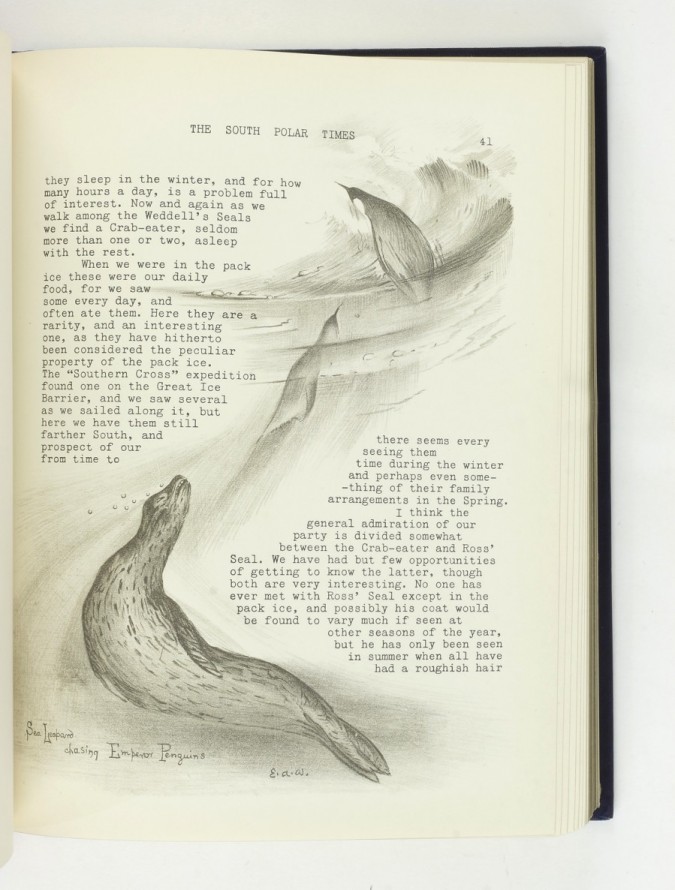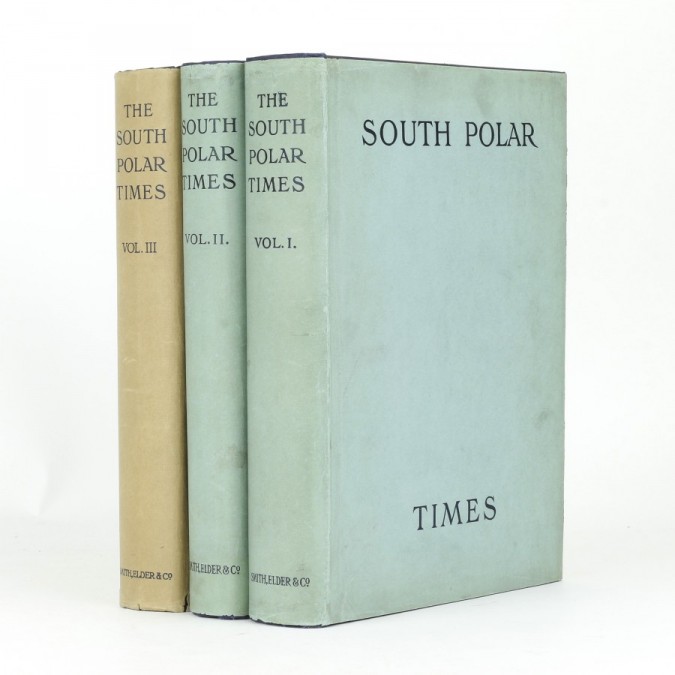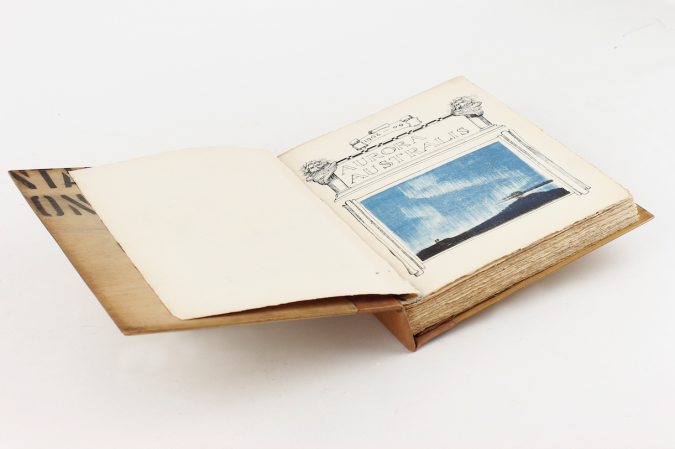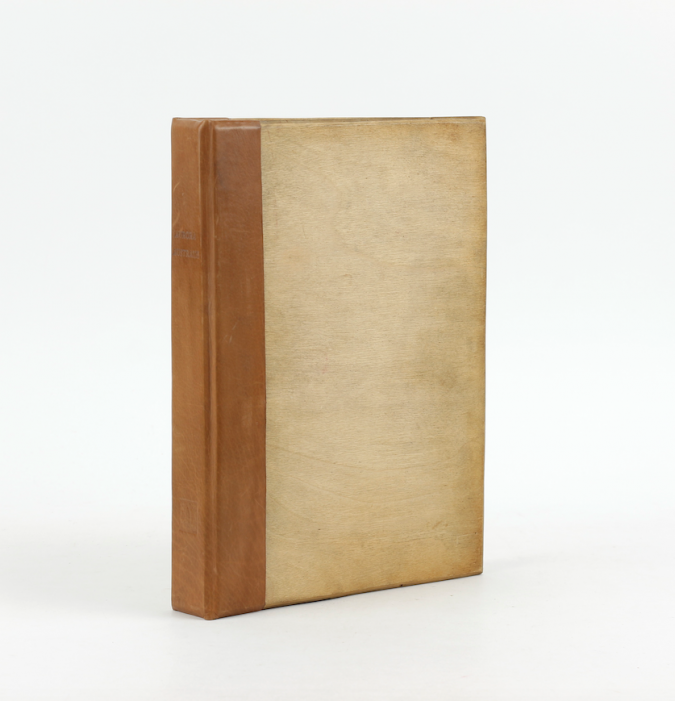Today would have been Ernest Shackleton’s 145th birthday, and it feels like there is no better time to celebrate his legacy. At the start of this year he was voted the greatest explorer of the twentieth century by the British public, as part of the BBC series Icons. And, as you read this, the Weddell Sea Expedition 2019 is following in his stead and searching for his lost ship Endurance, the vessel breached by ice and sunk in the 1914-17 Imperial Trans-Antarctic Expedition.
Nearly 100 years after his death his legacy continues to inspire new frontiers broken by polar science just as, when he was in the Antarctic, he was able to inspire the men around him. His ability to keep spirits high in the three expeditions he led was perhaps his greatest strength. There was some need for it, too.
The Antarctic winters were oppressively long, dark and melancholy, with little chance for light relief. He had experienced this first hand on his maiden Antarctic voyage, Robert Scott’s Discovery expedition of 1901-04. Before winter came it was decided that Shackleton should edit a monthly newspaper throughout the winter to entertain the men. It would be typewritten in a single copy, based on editorial submissions from the crew and illustrations principally by Edward Wilson. The result was The South Polar Times, a remarkable production boasting scientific record alongside caricature, puzzles and satire for comic relief. Scott recorded, in a typically reserved fashion, that it was “read with much interest and amusement by everyone”.
Shackleton, at the time twenty-eight years old, was the perfect choice for editor and had a great fondness for literature - poetry in particular. One evening that first winter Shackleton and Louis Bernacchi held a public debate to decide who was the greater poet of Tennyson and Browning. Browning, who was proposed by Shackleton, won by a single vote.
He was dedicated to the paper’s publication and success, and Albert Armitage observed later that “on most days during the first month of the winter the clicking of the typewriter could be heard in Shackleton’s cabin as he busily ‘set up’ the paper”. Shackleton's editorial for the first ever issue makes plain his high hopes for the newspaper, inviting submissions from the crew "so that when the coming hundred days of darkness are over, we may look back upon them as having been not only tolerable but happy."
Such was the success of The South Polar Times that Shackleton determined to take things one step further when he commanded his own Antarctic expedition in 1907. Much more than produce a newspaper in a single copy, he wanted to produce an entire book in Antarctica, with the writing, printing, illustrating and binding completed in situ. This was not to be a dilettante pastime for a long winter but a serious endeavour, ultimately borne out in the beauty of the final product, the Aurora Australis.
Sponsorship was provided by Sir Joseph Causton’s firm of printers, who donated the necessary equipment and materials and provided training in typesetting, printing, etching and lithography for Ernest Joyce, Frank Wild and George Marston. And so, to the Antarctic on the Nimrod went two presses, an Albion printing press to be used by Joyce and Wild, and the etching press used by Marston. In the plan of the hut at Cape Royds below, reproduced in Shackleton’s The Heart Of The Antarctic, the Albion press is labelled “printing machine”, while the etching press just the other side of the dining table is marked “printing press”.
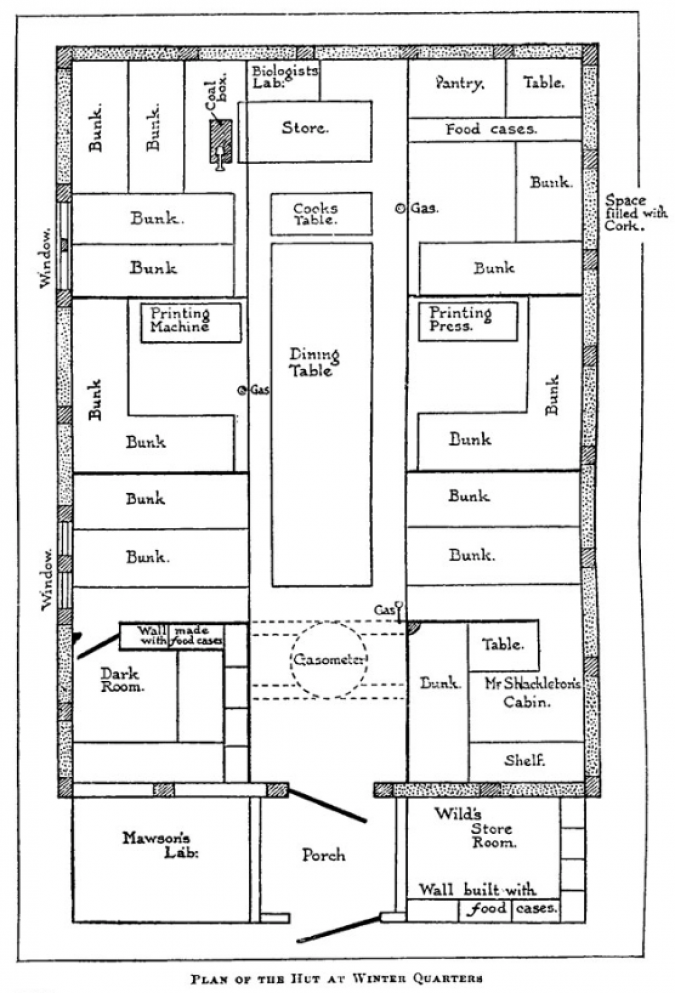
Joyce and Wild’s work began soon after settling at their winter quarters at Cape Royds. The first task, which took a few days’ worth of their spare time, was to set up the press and sort the type in a corner of a room that came to be known as “The Rogue’s Retreat”. Shackleton later recorded that “the early days of the printing department were not exactly happy, for the two amateur typesetters found themselves making many mistakes, and when they had at last set up a page, made all the necessary corrections, and printed off the required number of copies, they had to undertakes the laborious work of “dissing,” that is of distributing the type again”.
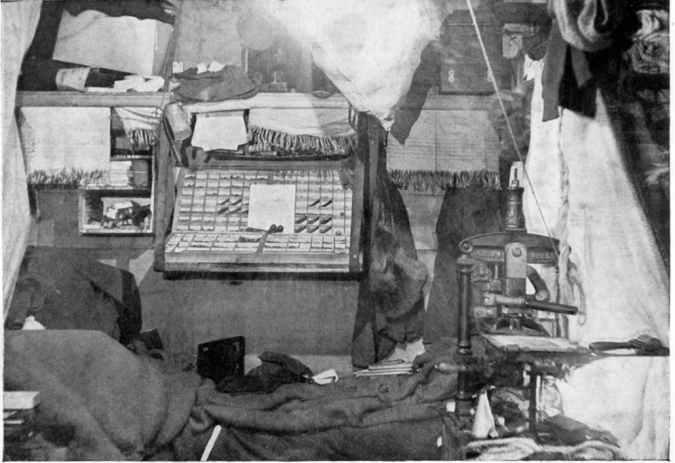
The initial forays of an amateur printer into book production would have been a slow and frustrating process strewn with mistakes in the best of conditions. In their book Antarctic Days, expedition members James Murray and George Marston recount just how adverse the conditions faced by the printers were:
“It was winter, and dark, and cold. The work had to be done, in the intervals of more serious occupations, in a small room occupied by fifteen men, all of them following their own avocations, with whatever of noise, vibration and dirt might be incidental to them. The inevitable state of such a hut, after doing all possible for cleanliness, can be imagined... Dust from the stove fills the air and settles on the paper as it is being printed. If anything falls on the floor it is done for; if somebody jogs the compositor’s elbow as he is setting up matter, and upsets the type into the mire, I can only leave the reader to imagine the result.”
To prevent the ink freezing a candle had to be kept under the plate which held it - a good solution but not a complete one for, if left in the same place, the ink would become too thin and so the candle had to be regularly moved about. On one occasion noted by Murray and Marston, “the printers were called away while the candle was burning, and nobody happened to notice it. When they returned they found that the plate had overheated and had melted the inking roller of gelatinous substance. I believe it was the only one on the Continent and had to be re-cast somehow”.
As with The South Polar Times, contributions to the book were forthcoming from the shore party and comprised, in addition to George Marston’s illustrations, a narrative of their ascent of Mount Erbeus, a scientific report, three poems and four short stories. Only Shackleton contributed multiple entries, providing a preface as well as two poems - Midwinter Night, which was submitted under the pseudonym Veritas, and Erebus, written under the name Nemo. Ten beautiful plates by George Marston illustrate the book, which in the absence of a proper lithographic press were printed on an etching press from aluminium plates.
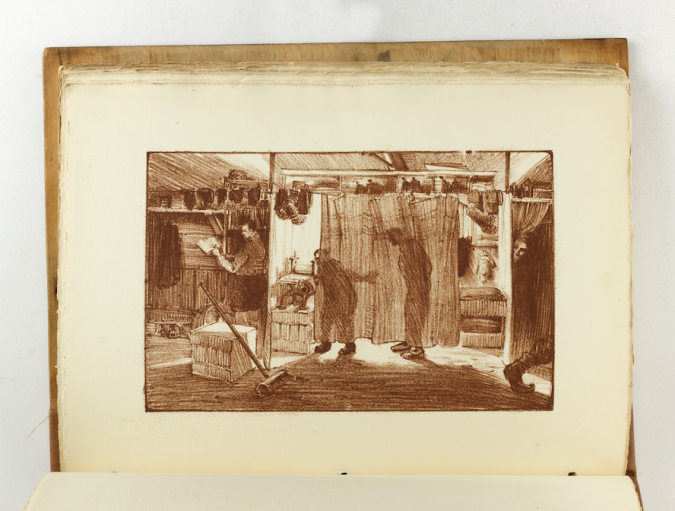
It took two to three weeks for the printers to get up to speed - a remarkably short period of time given their experience, the environment and the other demands of the expedition. Thereafter they could produce two pages a day, completing the work between April and July 1908. The book was bound by Bernard Day, the expedition’s mechanic, using the now iconic stencilled wood from Venesta packing crates. These were cleaned and polished, before having their edges bevelled, bound with a quarter leather spine and the text block sewn in with green cord.
The result is truly a thing of beauty that shows few hallmarks of either its amateur creators or irregular birthplace.The book is one of the most coveted of all polar books, and has been variously described as “the 42-line Bible of the South” (Books On Ice), “the most renowned title in the Antarctic canon” (Taurus), and “the ne plus ultra of Antarctic bibliography” (Rosove).
The Aurora Australis, however, was not the only product of the printing press at Cape Royds. During the same winter that the Aurora was printed a slighter work was also made by the press as a memento of their Midwinter celebration. Midwinter is celebrated to this day by researchers in Antarctica to mark the beginning of the sun’s return to the continents after months of darkness.
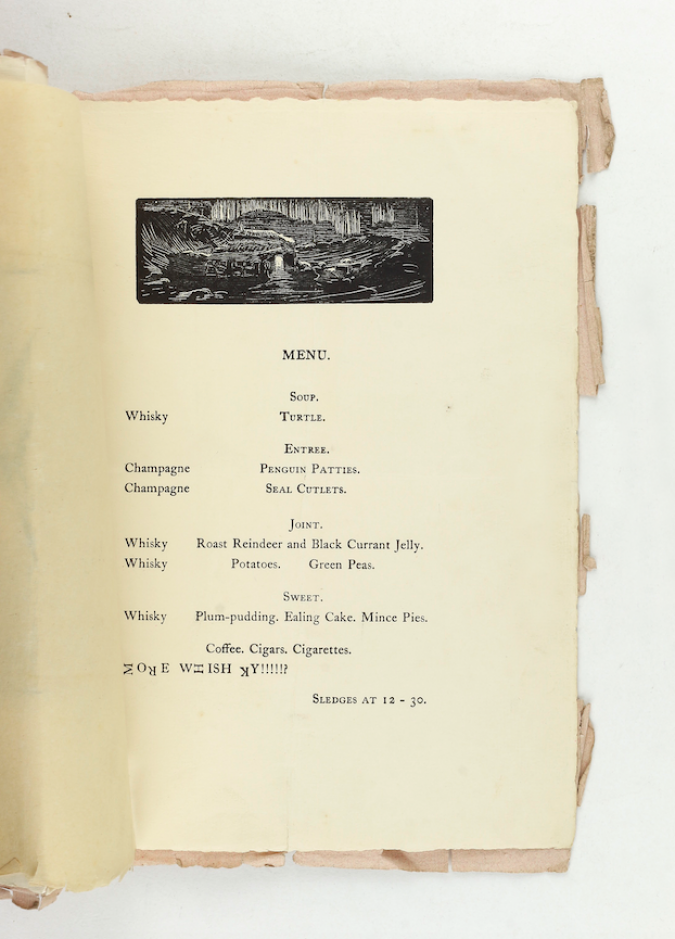
A feast was prepared for Midwinter’s night, on 23rd June 1908, and a menu printed by the press to commemorate the celebrations. The party had a good supply of 24 dozen Christmas crackers for such occasions and these were set around the table along with a slim publication, typeset in attractive proportions and bound in pink paper wrappers. This tongue in cheek menu captures the high-spirits of the occasion. It proposes a starter of Turtle Soup, followed by Penguin Patties and Seal Cutlets. The pièce de résistance was Roast Reindeer and Black Currant Jelly with a garnish of Potatoes and Green Peas. Dessert was a selection of Plum Pudding, Ealing Cake and Mince Pies. Champagne and whisky are prescribed throughout, followed by Coffee, Cigars and Cigarettes. A 'drunk' typesetter then proposed yet "MORE WHISHKY!!!!!?" before "Sledges at 12-30". There was likely little more than a dozen copies of this menu originally printed, and only a handful of those are known to survive today.
The literary and publishing exploits of Shackleton might seem of little consequence, even frivolous, placed to the grand narratives of assaulting the South Pole and tale of the Endurance expedition. But in truth these aspects of Shackleton’s expeditions counted for more than just whiling away the long winter nights; they provoked and entertained his men, keeping spirits high and wits sharp. Today, they stand testament to the spirit of Polar exploration, and as landmarks in the history of travel literature.
To learn more about these books and other important works on Polar Exploration, see our new specialist catalogue.
Recent Posts
- The Evolution of Crime
- Tour The Bookshop On Your Screen
- The Genesis of Mr. Toad: A Short Publication History of The Wind In The Willows
- Frank Hurley's 'South'
- The "Other" Florence Harrison
- Picturing Enid Blyton
- Advent Calendar of Illustration 2020
- Depicting Jeeves and Wooster
- Evelyn Waugh Reviews Nancy Mitford
- The Envelope Booklets of T.N. Foulis
- "To Die Like English Gentlemen"
- Kay Nielsen's Fantasy World
- A Brief Look at Woodcut Illustration
- The Wealth Of Nations by Adam Smith
- What Big Stories You Have: Brothers Grimm
- Shackleton's Antarctic Career
- Inspiring Errol Le Cain's Fantasy Artwork
- Charlie & The Great Glass Elevator
- Firsts London - An Audio Tour Of Our Booth
- Jessie M. King's Poetic Art, Books & Jewellery
Blog Archive
- January 2024 (1)
- January 2023 (1)
- August 2022 (1)
- January 2022 (1)
- February 2021 (1)
- January 2021 (1)
- December 2020 (1)
- August 2020 (1)
- July 2020 (2)
- March 2020 (3)
- February 2020 (2)
- October 2019 (2)
- July 2019 (2)
- May 2019 (1)
- April 2019 (1)
- March 2019 (2)
- February 2019 (1)
- December 2018 (1)
- November 2018 (1)
- October 2018 (2)
